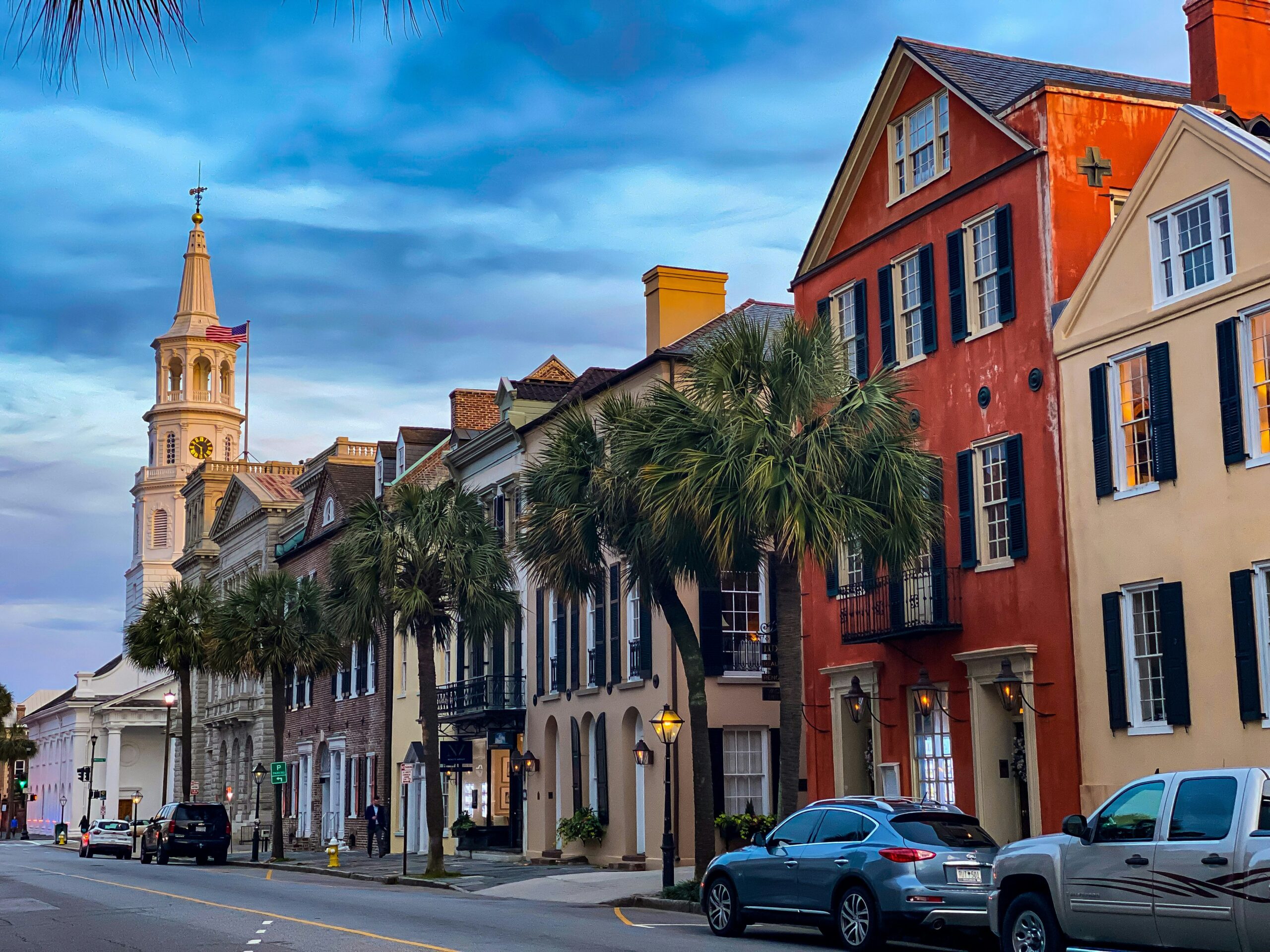Lowcountry Luxe: Why Charleston Is America’s Most Elegant Coastal Getaway in 2025
From its moss-draped oaks and pastel mansions to its award-winning cuisine and boutique hotels, Charleston, South Carolina continues to define Southern sophistication. But in 2025, the Holy City isn’t just charming—it’s downright luxurious. Whether you’re planning a romantic escape, a girls’ weekend, or a food and wine experience, Charleston has evolved into America’s most elegant coastal getaway. Here’s why you’ll want to book your trip now.
🌴 Charleston in 2025: Where History and Luxury Converge
Charleston has always been a beloved destination, but 2025 brings a refined edge to its historic elegance. The city’s new developments balance heritage with high-end hospitality. Think luxury waterfront hotels, curated culinary tours, exclusive shopping experiences, and immersive cultural attractions—all framed by cobblestone streets and antebellum beauty.
Location Perks: Nestled along the Atlantic Coast, Charleston offers year-round appeal. Spring and fall remain peak travel times for perfect weather and fewer crowds, but thanks to its mild climate, 2025 is seeing more visitors in winter seeking sunny, scenic escapes.
🏨 Elegant Stays: Charleston’s New Wave of Boutique Luxury Hotels
The Cooper Hotel

Overlooking the Cooper River, this stylish newcomer offers modern Southern architecture, a rooftop bar with harbor views, and private balconies ideal for watching sunsets over the water. Located near Waterfront Park, it’s perfect for travelers who want upscale comfort in the heart of the city.
Hotel Cleo
Nestled in the French Quarter, Hotel Cleo is small but spectacular. It offers just 15 artfully designed rooms, a private courtyard, and rotating installations from local artists. Guests enjoy curated itineraries, private tastings, and even in-room spa treatments.
Pro Tip: Book well in advance—Charleston’s luxury boutique hotels fill quickly during festival seasons and major events.
🍽️ Charleston’s Culinary Scene: Sophisticated Southern Flavor
Few cities do food like Charleston. In 2025, the culinary scene is leaning further into seasonal, local, and sustainable fare—without sacrificing flavor or flair. Whether you’re in the mood for she-crab soup, fresh oysters, or vegan Southern fusion, the Holy City has something exquisite to offer.
Can’t-Miss Restaurants in 2025:
- Chubby Fish – Fresh-caught seafood with a minimalist, sustainable approach.
- The Establishment – Upscale, creative coastal cuisine served with an extensive wine list in an elegant setting.
- FIG – A staple with seasonal menus that highlight the best of Lowcountry ingredients.
- Basic Kitchen – A plant-forward gem for conscious eaters looking for fresh, Instagram-worthy plates.
Foodie Tip: Don’t miss the Charleston Wine + Food Festival each spring for bites from the region’s top chefs and winemakers.
🎨 Culture, History, and Artful Attractions
Luxury in Charleston doesn’t just mean five-star hotels—it means rich, immersive experiences. History buffs, art lovers, and design enthusiasts will find plenty to explore in 2025.
Must-See Attractions:
- The International African American Museum – A moving and expansive look into the Gullah Geechee heritage and Charleston’s African American legacy.
- Gibbes Museum of Art – Featuring both historical and contemporary Southern art.
- Rainbow Row & The Battery – Iconic pastel homes and historic harbor views perfect for photos and leisurely strolls.
Want to elevate your experience? Book a private carriage tour or charter a luxury yacht at sunset.
🏖️ Coastal Adventures: From Sullivan’s Island to Seaside Sunsets
Charleston’s coastal charm is just as inviting as its city streets. In 2025, luxury travelers can explore serene beaches and high-end outdoor excursions.

Top Picks:
- Folly Beach – A relaxed coastal vibe with new brunch cafés and paddleboarding.
- Sullivan’s Island – Upscale and peaceful, ideal for couples or wellness seekers.
- Harbor Cruises – Charter a yacht for sunset dining, dolphin watching, or private tours.
🛍️ Elegant Shopping: From Designer Boutiques to Artisanal Markets
Charleston’s King Street is a haven for upscale shopping. From fashion to home goods and local craftsmanship, you’ll find refined treasures at every turn.
Must-Visit Shops:
- Hampden Clothing – A nationally recognized boutique for high-end women’s fashion.
- Candlefish – A chic candle shop offering blend-your-own fragrance classes.
- Charleston City Market – Discover handmade sweetgrass baskets and authentic Lowcountry crafts.
🌟 Why Charleston Is the Best Coastal Getaway of 2025
Charleston’s blend of historic grace and modern indulgence makes it the ultimate destination for elevated travel in 2025. From luxury accommodations and world-class cuisine to pristine beaches and immersive cultural experiences, every detail is thoughtfully crafted for the discerning traveler.
Ready to indulge in Lowcountry Luxe? Start planning your Charleston escape today.




